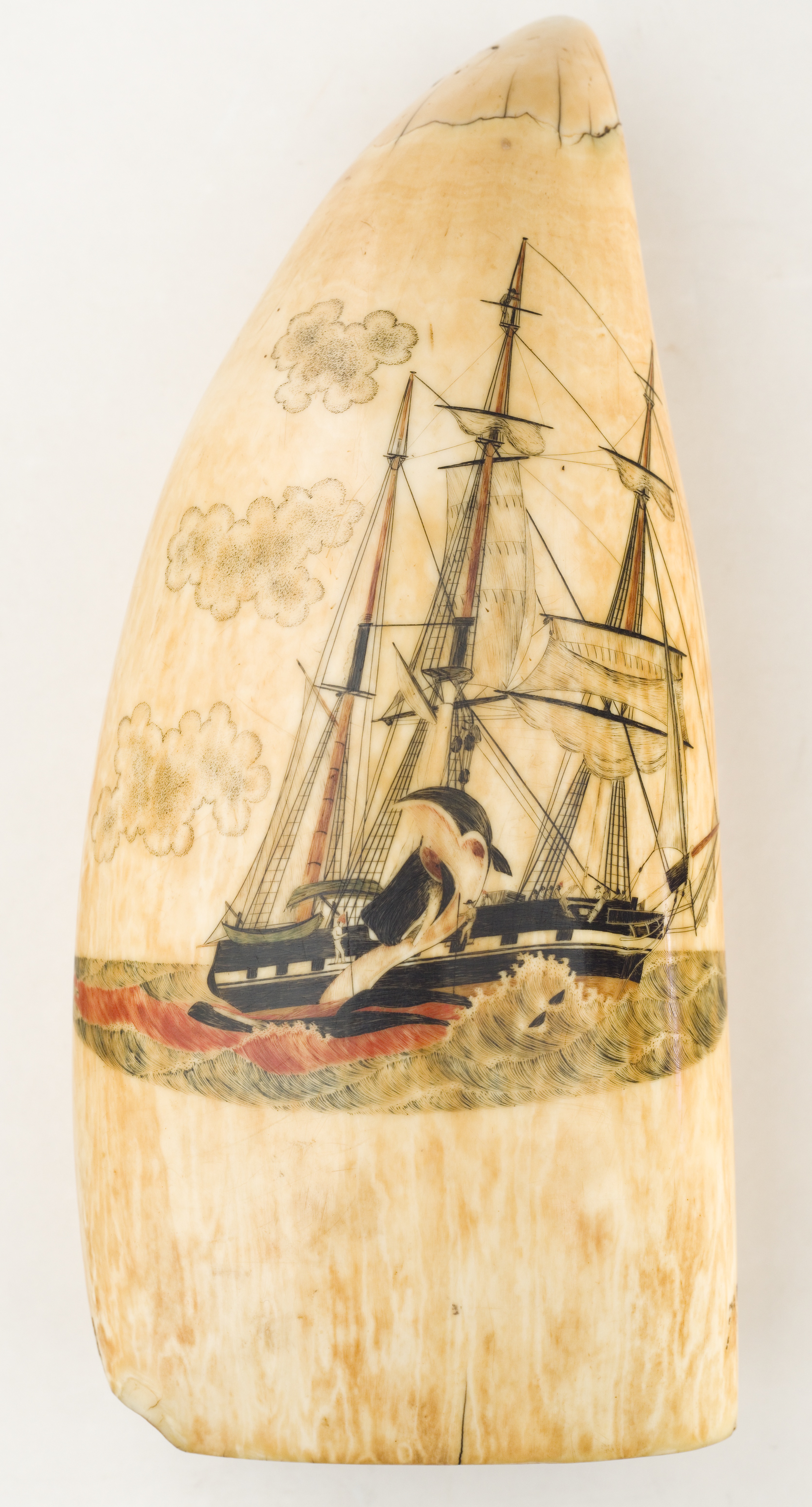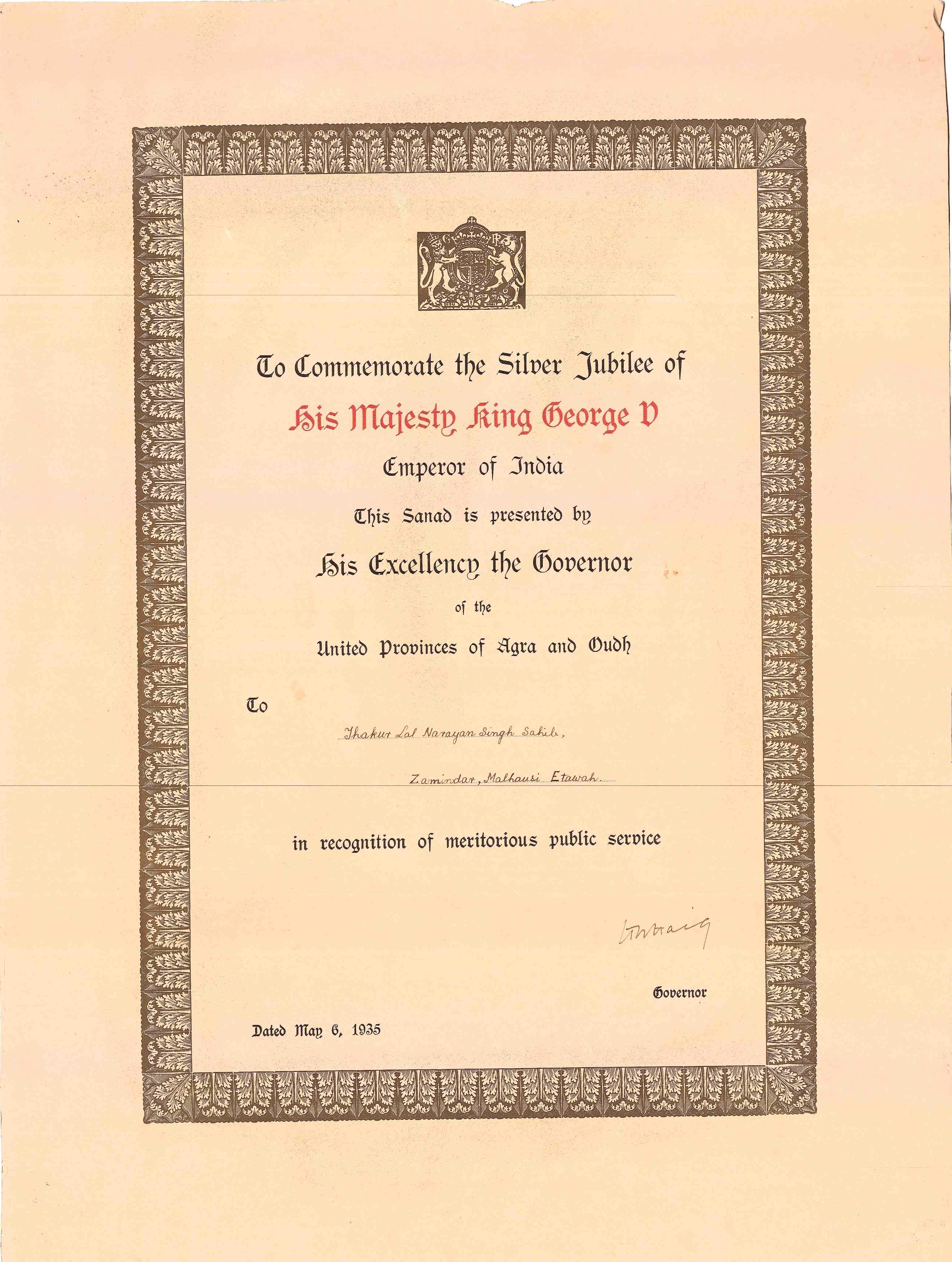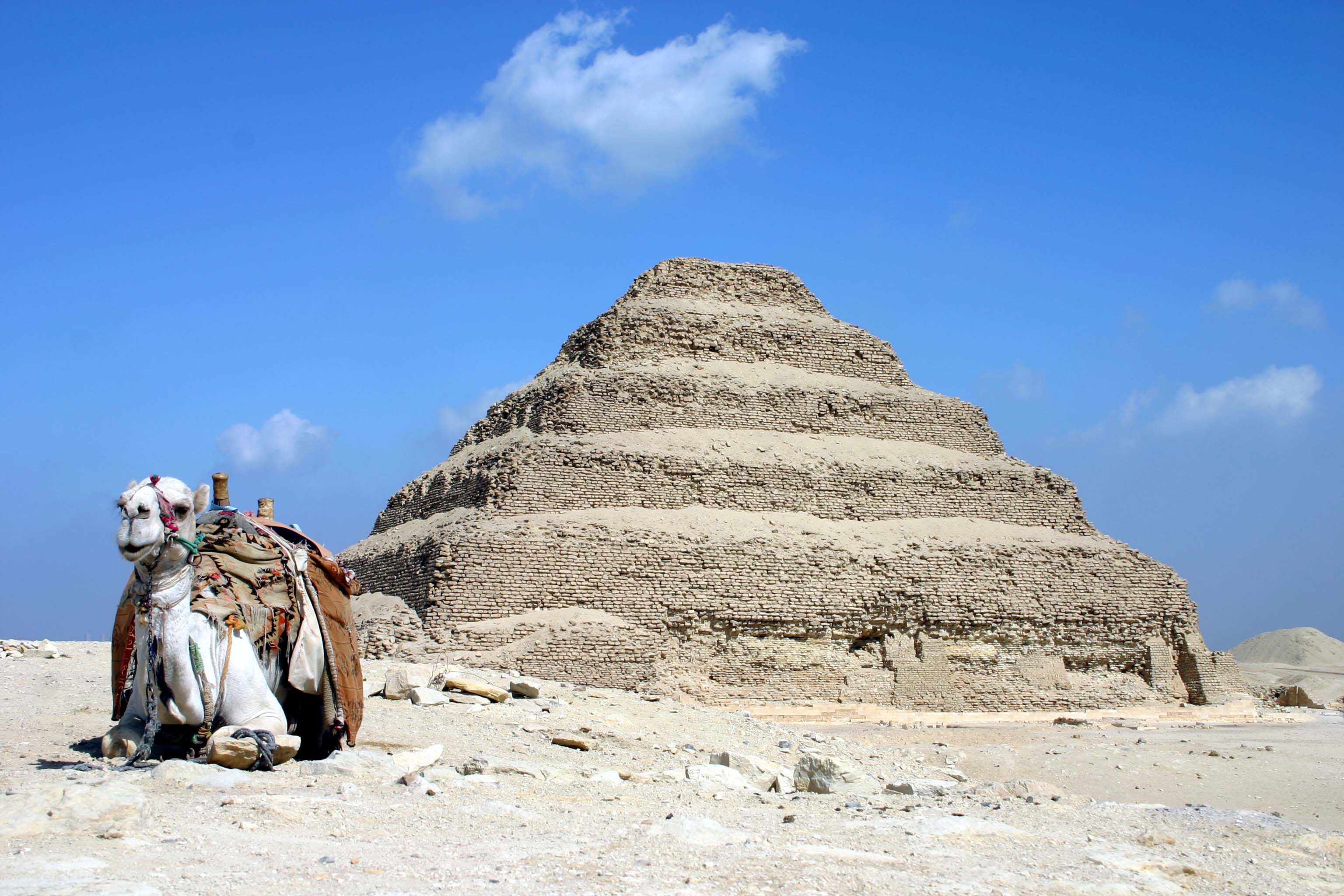|
Mortgage Button
The "mortgage button" or "amity button" was a small ornamental inlay often featured on newel posts of a main staircase in the 19th and early 20th centuries, particularly in American and European homes. It was used to hide joinery. The name comes from the historical misconception that they represented a homeowner who had paid off their mortgage. According to tradition, the homeowner would arrange to have a button made of ivory set onto the newel post when the house was paid off. Another version is that a scrimshaw maker would engrave the date the loan was paid off onto a piece of ivory Ivory is a hard, white material from the tusks (traditionally from elephants) and Tooth, teeth of animals, that consists mainly of dentine, one of the physical structures of teeth and tusks. The chemical structure of the teeth and tusks of mamm ..., which was inserted the newel. One popular myth was that the decorative cap was concealing a deed to the house, or a mortgage document, which ha ... [...More Info...] [...Related Items...] OR: [Wikipedia] [Google] [Baidu] |
Newel
A newel, also called a central pole or support column, is the central supporting pillar around which a helical staircase winds. It can also refer to an upright post that supports or terminates the handrail of a stair banister (the "newel post"). In stairs having straight flights, it is the principal post at the foot of the staircase, but the term can also be used for the intermediate posts on landings and at the top of a staircase. Although its primary purpose is structural, newels have long been adorned with decorative trim and designed in different architectural styles. Newel posts turned on a lathe are solid pieces that can be highly decorative, and they typically need to be fixed to a square newel base for installation. These are sometimes called solid newels in distinction from hollow newels due to varying techniques of construction. Hollow newels are known more accurately as box newel posts. In historic homes, folklore holds that the house plans were placed in the newel u ... [...More Info...] [...Related Items...] OR: [Wikipedia] [Google] [Baidu] |
Joinery
Joinery is a part of woodworking that involves joining pieces of wood, engineered lumber, or synthetic substitutes (such as laminate), to produce more complex items. Some woodworking joints employ mechanical fasteners, bindings, or adhesives, while others use only wood elements (such as dowels or plain mortise and tenon fittings). The characteristics of wooden joints—strength, flexibility, toughness, appearance, etc.—derive from the properties of the materials involved and the purpose of the joint. Therefore, different joinery techniques are used to meet differing requirements. For example, the joinery used to construct a house can be different from that used to make cabinetry or furniture, although some concepts overlap. In British English joinery is distinguished from carpentry, which is considered to be a form of structural timber work; in other locales joinery is considered a form of carpentry. History Many traditional wood joinery techniques use the distinctive m ... [...More Info...] [...Related Items...] OR: [Wikipedia] [Google] [Baidu] |
Historical Misconception
Each entry on this list of common misconceptions is worded as a correction; the misconceptions themselves are implied rather than stated. These entries are concise summaries; the main subject articles can be consulted for more detail. Common misconceptions are viewpoints or factoids that are often accepted as true, but which are actually false. They generally arise from conventional wisdom (such as old wives' tales), stereotypes, superstitions, fallacies, a misunderstanding of science, or the popularization of pseudoscience. Some common misconceptions are also considered to be urban legends, and they are sometimes involved in moral panics. Arts and culture '' View full version with citations'' History '' View full version with citations'' Science, technology and mathematics '' View full version with citations'' See also * Legends and myths regarding the ''Titanic'' * List of cognitive biases * List of conspiracy theories * List of fallacies * List of topics characterized ... [...More Info...] [...Related Items...] OR: [Wikipedia] [Google] [Baidu] |
Ivory
Ivory is a hard, white material from the tusks (traditionally from elephants) and Tooth, teeth of animals, that consists mainly of dentine, one of the physical structures of teeth and tusks. The chemical structure of the teeth and tusks of mammals is the same, regardless of the species of origin, but ivory contains structures of mineralised collagen. The trade in certain teeth and tusks other than elephant is well established and widespread; therefore, "ivory" can correctly be used to describe any mammalian teeth or tusks of commercial interest which are large enough to be carved or scrimshawed. Besides natural ivory, ivory can also be produced synthetically, hence (unlike natural ivory) not requiring the retrieval of the material from animals. Tagua nuts can also be carved like ivory. The trade of finished goods of ivory products has its origins in the Indus Valley. Ivory is a main product that is seen in abundance and was used for trading in Harappan civilization. Finished iv ... [...More Info...] [...Related Items...] OR: [Wikipedia] [Google] [Baidu] |
Scrimshaw
Scrimshaw is scrollwork, engravings, and carvings done in bone or ivory. Typically it refers to the artwork created by whalers, engraved on the byproducts of whales, such as bones or cartilage. It is most commonly made out of the bones and teeth of sperm whales, the baleen of other whales, and the tusks of walruses. It takes the form of elaborate engravings in the form of pictures and lettering on the surface of the bone or tooth, with the engraving highlighted using a pigment, or, less often, small sculptures made from the same material. However, the latter really fall into the categories of ivory carving, for all carved teeth and tusks, or bone carving. The making of scrimshaw probably began on whaling ships in the late 18th century and survived until the ban on commercial whaling. The practice survives as a hobby and as a trade for commercial artisans. A maker of scrimshaw is known as a ''scrimshander''. The word first appeared in the logbook of the brig ''By Chance'' in 1 ... [...More Info...] [...Related Items...] OR: [Wikipedia] [Google] [Baidu] |
The Washington Post
''The Washington Post'', locally known as ''The'' ''Post'' and, informally, ''WaPo'' or ''WP'', is an American daily newspaper published in Washington, D.C., the national capital. It is the most widely circulated newspaper in the Washington metropolitan area and has a national audience. As of 2023, the ''Post'' had 130,000 print subscribers and 2.5 million digital subscribers, both of which were the List of newspapers in the United States, third-largest among U.S. newspapers after ''The New York Times'' and ''The Wall Street Journal''. The ''Post'' was founded in 1877. In its early years, it went through several owners and struggled both financially and editorially. In 1933, financier Eugene Meyer (financier), Eugene Meyer purchased it out of bankruptcy and revived its health and reputation; this work was continued by his successors Katharine Graham, Katharine and Phil Graham, Meyer's daughter and son-in-law, respectively, who bought out several rival publications. The ''Post ... [...More Info...] [...Related Items...] OR: [Wikipedia] [Google] [Baidu] |
EBSCOhost
EBSCO Information Services, headquartered in Ipswich, Massachusetts, is a division of EBSCO Industries Inc., a private company headquartered in Birmingham, Alabama. EBSCO provides products and services to libraries of many types around the world. Its products include EBSCONET, a complete e-resource management system, and EBSCO''host'', which supplies a fee-based online research service with 375 full-text databases, a collection of 600,000-plus ebooks, subject indexes, point-of-care medical references, and an array of historical digital archives. In 2010, EBSCO introduced its ''EBSCO Discovery Service'' (EDS) to institutions, which allows searches of a portfolio of journals and magazines. History EBSCO Information Services is a division of EBSCO Industries Inc., a company founded in 1944 by Elton Bryson Stephens Sr. and headquartered in Birmingham, Alabama. "EBSCO" is an acronym for Elton B. Stephens Company. EBSCO Industries has annual sales of about $3 billion. It is one of ... [...More Info...] [...Related Items...] OR: [Wikipedia] [Google] [Baidu] |
Deed
A deed is a legal document that is signed and delivered, especially concerning the ownership of property or legal rights. Specifically, in common law, a deed is any legal instrument in writing which passes, affirms or confirms an interest, right, or property and that is signed, attested, delivered, and in some jurisdictions, sealed. It is commonly associated with transferring (conveyancing) title to property. The deed has a greater presumption of validity and is less rebuttable than an instrument signed by the party to the deed. A deed can be unilateral or bilateral. Deeds include conveyances, commissions, licenses, patents, diplomas, and conditionally powers of attorney if executed as deeds. The deed is the modern descendant of the medieval charter, and delivery is thought to symbolically replace the ancient ceremony of livery of seisin. The traditional phrase ''signed, sealed and delivered'' refers to the practice of using seals; however, attesting witnesses have repla ... [...More Info...] [...Related Items...] OR: [Wikipedia] [Google] [Baidu] |
House Plan
A house plan is a set of construction or working drawings (sometimes called blueprints) that define all the construction specifications of a residential house such as the dimensions, materials, layouts, installation methods and techniques. Drawing set The principal information provided in a set of blueprint drawings is as follows: * Site plans are detailed drawings that show a home's position on its property, viewed from above. They illustrate how the home relates to the lot's boundaries and surroundings. Site plans should outline location of utility services, setback requirements, easements, location of driveways and walkways, and sometimes even topographical data that specifies the slope of the terrain. *A floor plan is an overhead view of the completed house. On the plan, you will see parallel lines that scale at whatever width the walls are required to be. Dimensions are usually drawn between the walls to specify room sizes and wall lengths. Floor plans will also indica ... [...More Info...] [...Related Items...] OR: [Wikipedia] [Google] [Baidu] |
Stairways
Stairs are a structure designed to bridge a large vertical direction, vertical distance between lower and higher levels by dividing it into smaller vertical distances. This is achieved as a diagonal series of horizontal platforms called steps which enable passage to the other level by Walking, stepping from one to another step in turn. Steps are very typically rectangular. Stairs may be straight, curved, or may consist of two or more straight pieces connected at angles. Types of stairs include staircases (also called stairways) and escalators. Some alternatives to stairs are elevators (also called lifts), stairlifts, inclined moving walkways, ladders, and ramps. A stairwell is a vertical shaft or opening that contains a staircase. A flight (of stairs) is an inclined part of a staircase consisting of steps (and their lateral supports if supports are separate from steps). History ''This is an excerpt from Staircase.'' The concept of stairs is believed to be 8000 years old, and is ... [...More Info...] [...Related Items...] OR: [Wikipedia] [Google] [Baidu] |
Architectural Elements
:''The following Outline (list), outline is an overview and topical guide to architecture:'' Architecture – the process and the product of designing and constructing buildings. Architectural works with a certain indefinable combination of design quality and external circumstances may become cultural symbols and / or be considered works of art. What type of thing is architecture? Architecture can be described as all of the following: * Academic discipline – focused study in one academic field or profession. A discipline incorporates expertise, people, projects, communities, challenges, studies, inquiry, and research areas that are strongly associated with the given discipline. * Buildings – buildings and similar structures, the product of architecture, are referred to as architecture. * One of the arts – as an art form, architecture is an outlet of human expression, that is usually influenced by culture and which in turn helps to change culture. Archit ... [...More Info...] [...Related Items...] OR: [Wikipedia] [Google] [Baidu] |





